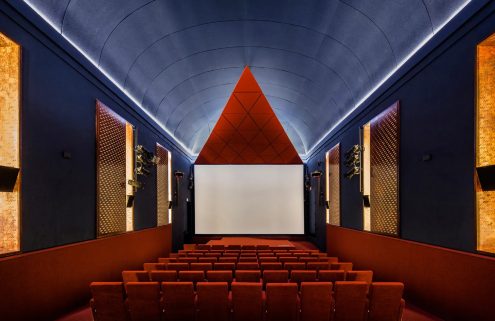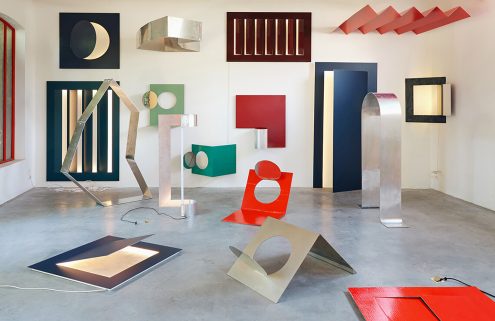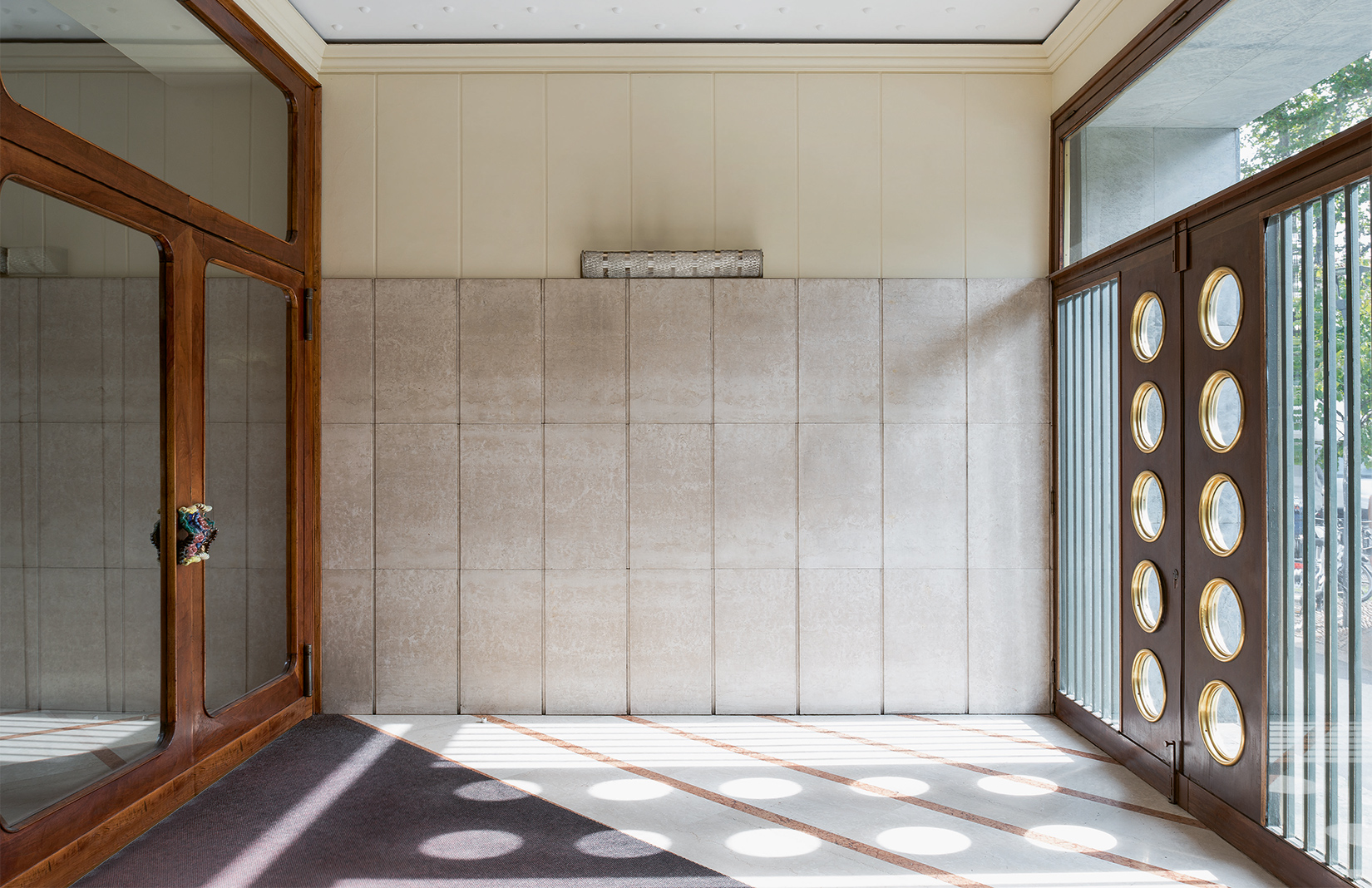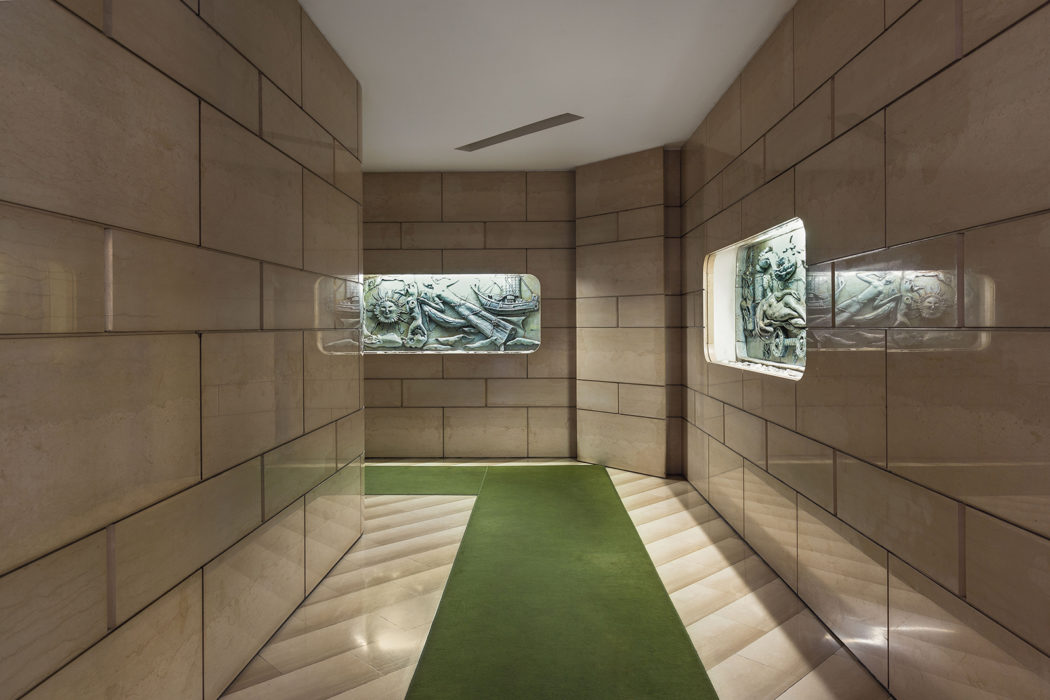
Via Santa Marta 19 by Gaetano Brusa, 1950–55. Ceramic wall bas-reliefs by Pietro Melandri. Photography: Delfino Siston Legnani

Corso Italia 22/1 & 22/2 by Luigi Caccia Dominioni, 1957–61. Floors by Francesco Somaini. Sconces by Luigi Caccia Dominioni and Ignazio Gardella. Photography: Delfino Siston Legnani

Via Plinio 54. Artwork by Aldo Cerchiari. Photography: Delfino Siston Legnani
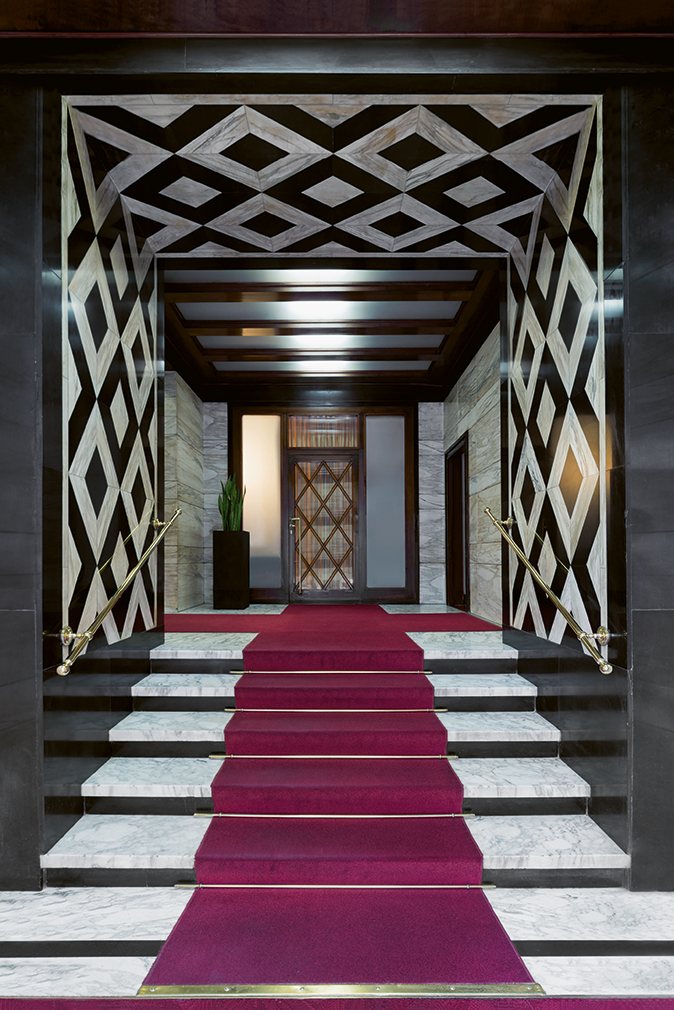
Giuseppe Roberto Martinenghi, 1937. Photography: Paola Pansini
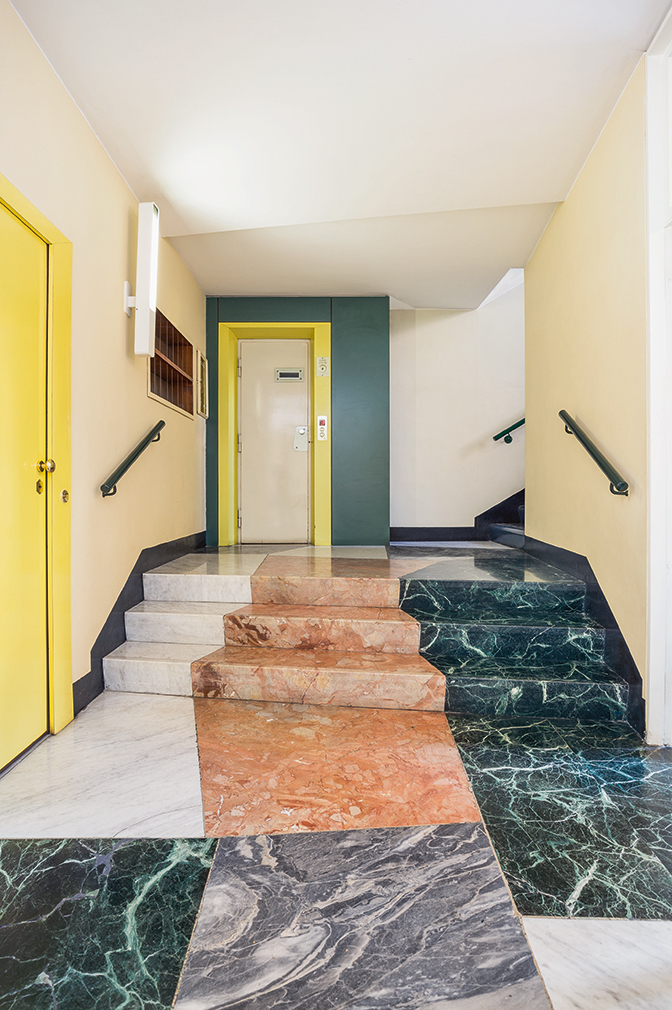
Gio Ponti, Antonio Fornaroli and Alberto Rosselli, 1952–56. Sconce by Gio Ponti. Photography: Delfino Sisto Legnani
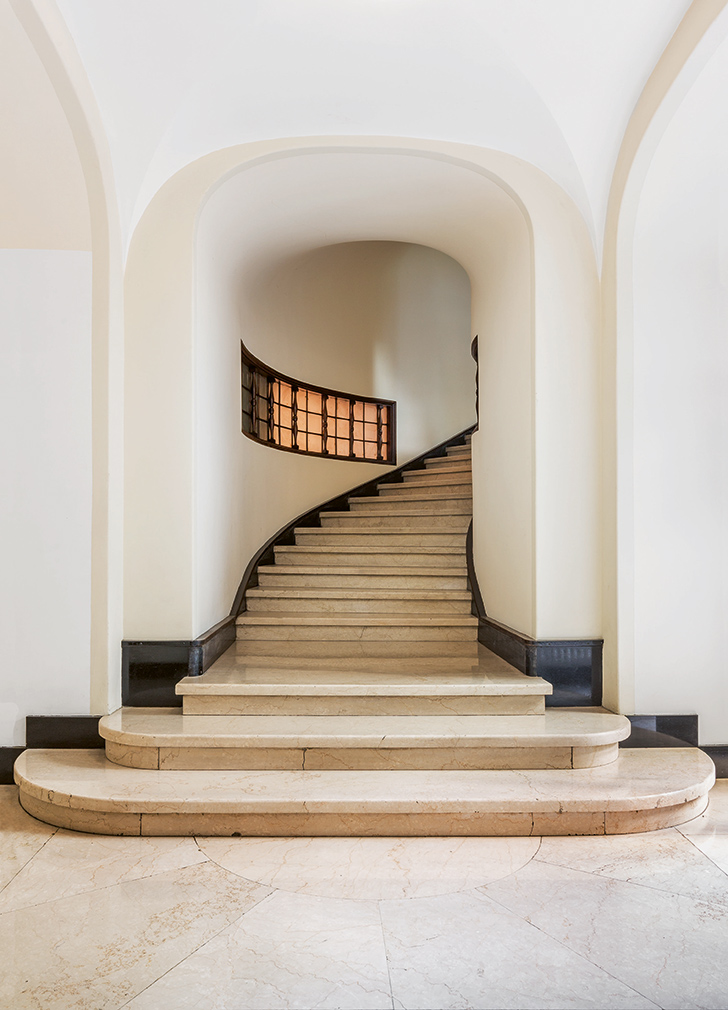
Palazzo Sola-Busca, Aldo Andreani 1924–30. Photography: Delfino Sisto Legnani
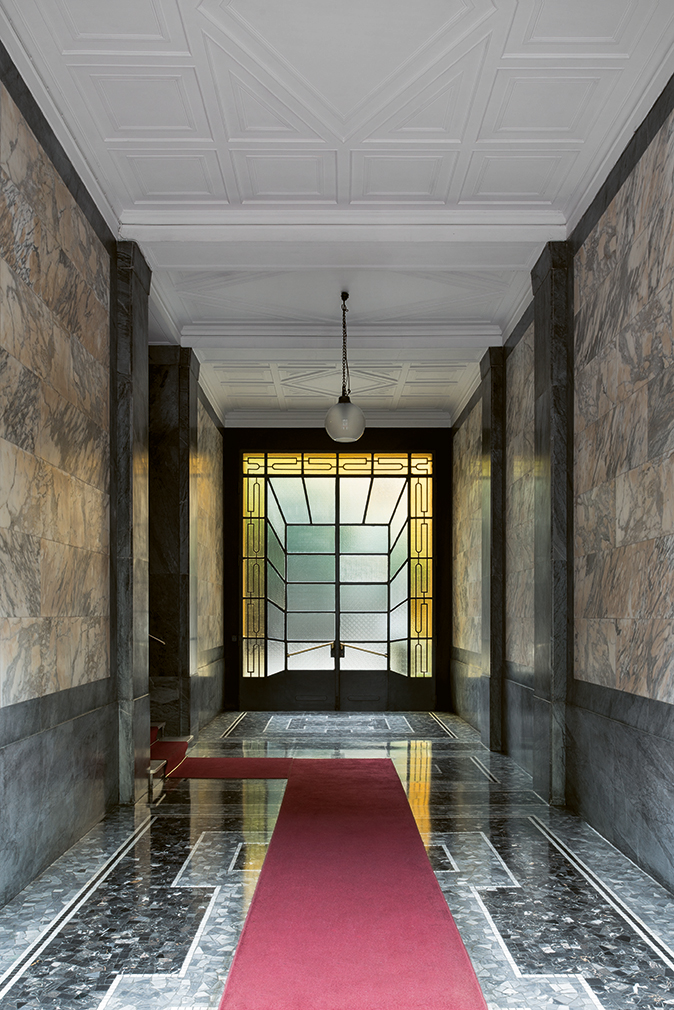
Vincenzo d’Alo, 1935. Pendant lamp by Luigi Caccia Dominioni. Photography: Paola Pansini
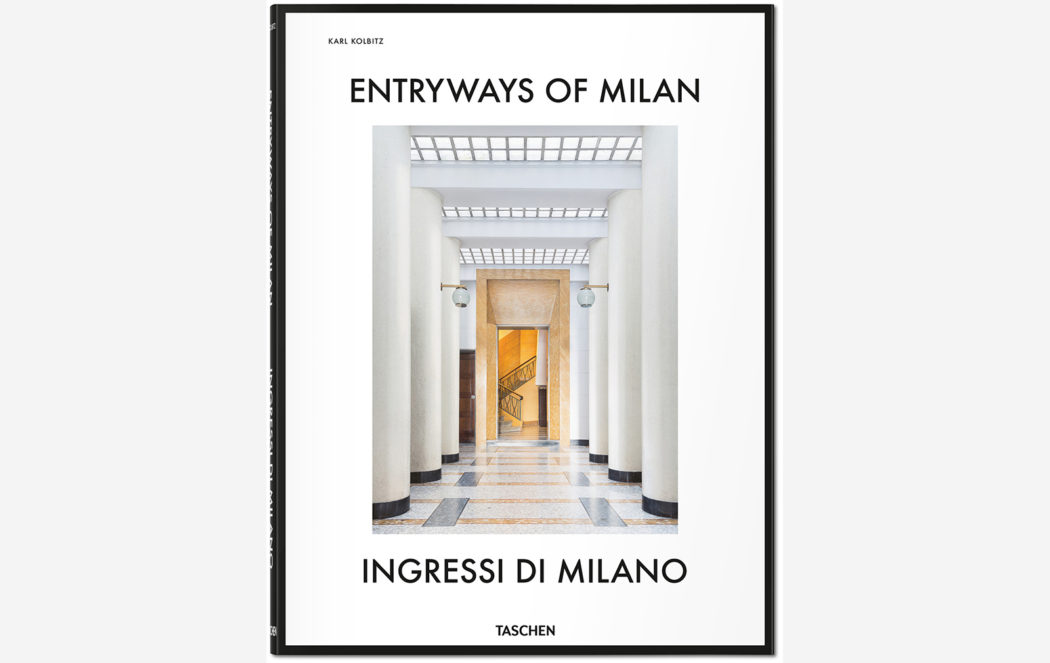
Entryways of Milan by Karl Kolbitz is out now via Taschen
In a new book Entryways of Milan, editor Karl Kolbitz takes us over the thresholds of 144 of the city’s most dazzling entrance halls. Restrained façades give way to sumptuous examples of Italian Modernism, replete with bold colours and geometric murals. In this short essay for The Spaces, Kolbitz muses on the meaning of the architectural welcome.
An entrance has a double meaning: on the one hand it is a protective barrier, and on the other it is an inviting gesture. It choreographs bodies as they enter and exit a building.
The entryway is always theatrical, a proscenium to that which it stands to announce, sometimes quietly, sometimes loudly.
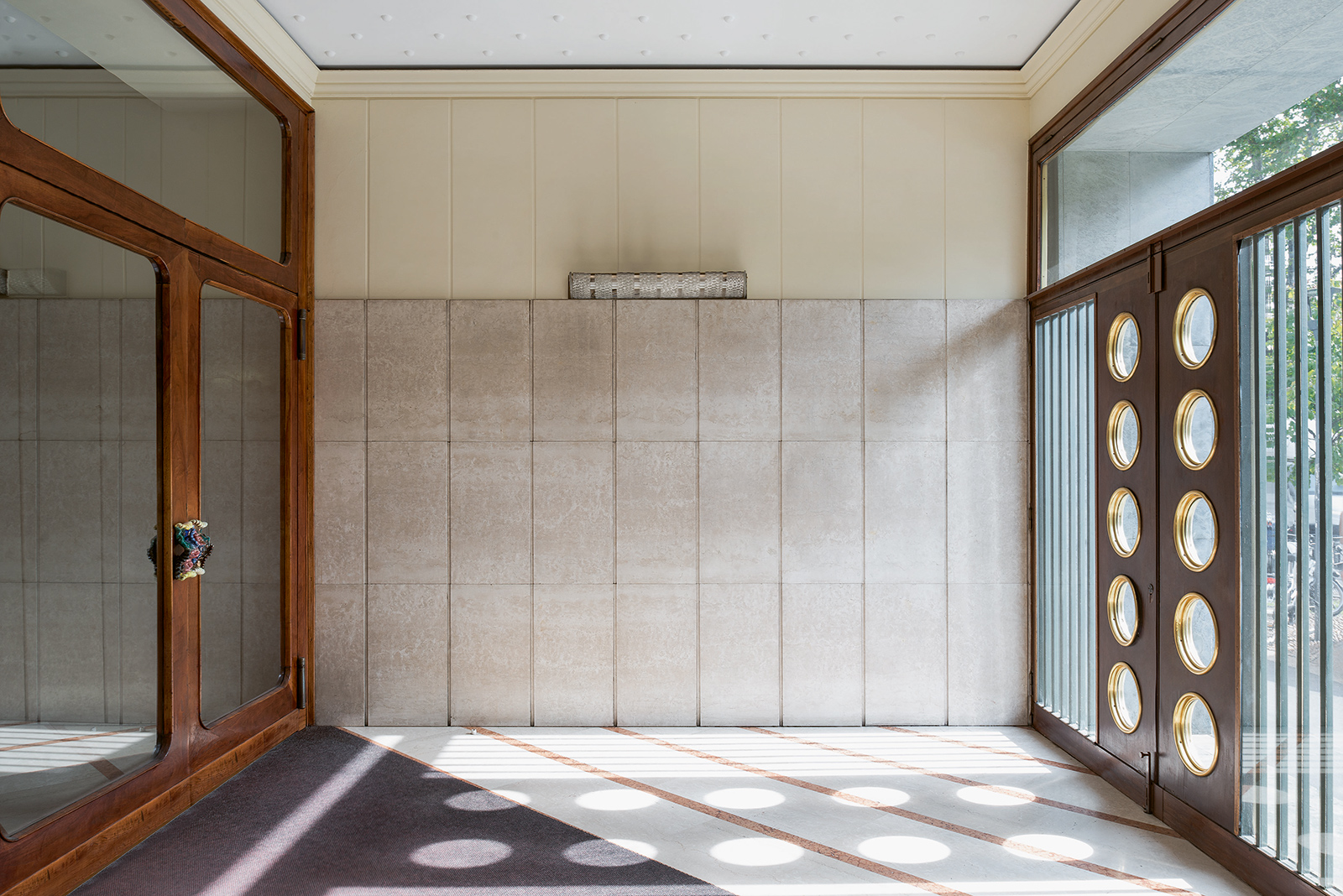
No where is this more apparent than in Milan, where appearances are of utmost importance and first impressions count. What is most striking about these liminal spaces – where inside and outside are in constant dialogue – is the sheer diversity of their designs: no two entrances look the same.
This is achieved through the imagination of their architects, but also through the refined craftsmanship and tradition of stone masons, blacksmiths, ceramists and carpenters, among many others. The contribution of designers and artists lead to the ingressi being spaces of synthesis, with each entryway acting as a Gesamtkunstwerk.
Entryways of Milan is published by Taschen and is out now
Read next: Amélie Labourdette shoots Italy’s abandoned building sites
